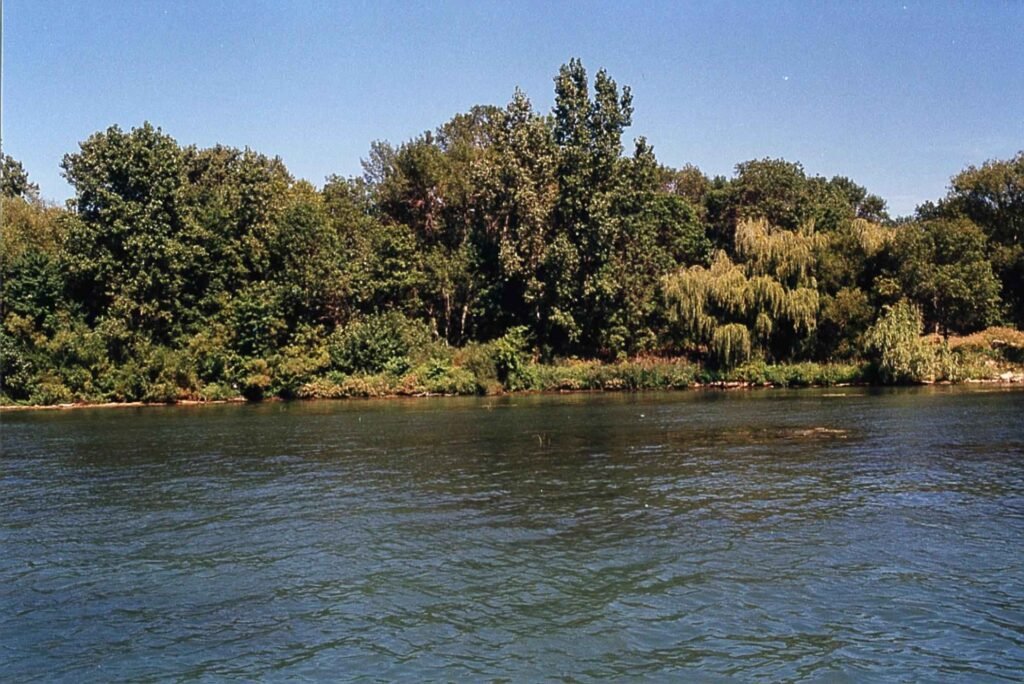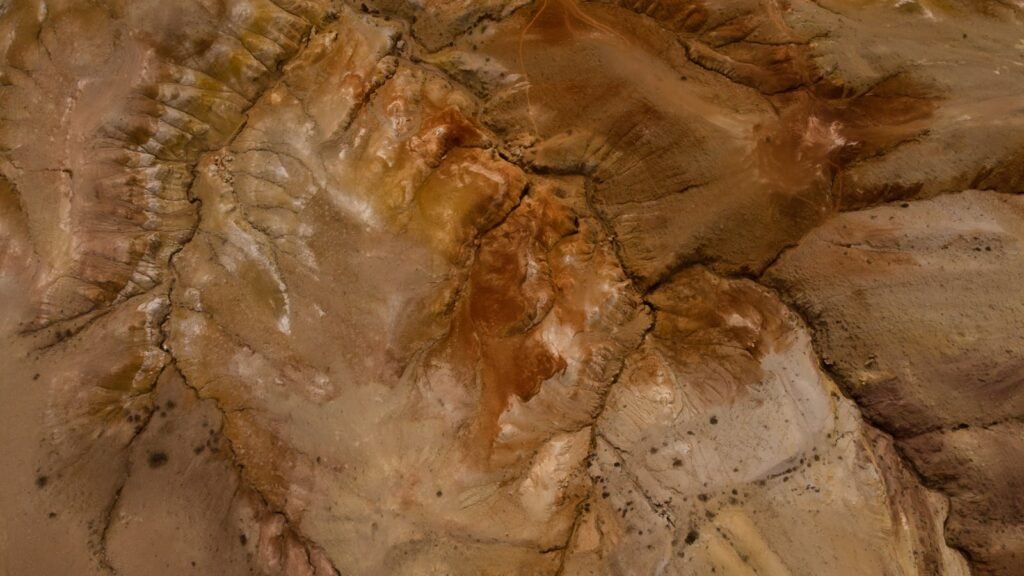Imagine waking up one morning to find that the river marking your country’s border has shifted, and with it, your national identity has been questioned. This isn’t just a hypothetical situation but a reality faced by many nations around the world. Water, with its relentless flow and dynamic nature, has the power to reshape landscapes and redefine borders. This natural phenomenon, while fascinating, poses significant challenges to international relations and territorial sovereignty. But how do these watery shifts occur, and what implications do they carry for the countries involved?
The Ever-Changing Nature of Riverbeds
Rivers are like the veins of our planet, constantly flowing, shifting, and evolving. Unlike mountains or fixed landmarks, riverbeds are not static. They meander, erode, and deposit sediments, altering their course over time. This natural process can be influenced by various factors, including rainfall, geological activity, and human intervention. For instance, heavy rains can cause a river to flood and carve out a new path, while tectonic movements can shift the earth beneath, redirecting water flow. These changes, though gradual, can have profound effects on the landscapes they traverse.
The Historical Significance of River Borders
Historically, rivers have served as natural boundaries between territories and nations. They offer a clear, visible demarcation that is hard to dispute. The Danube River, for example, has long been a boundary marker in Europe, separating cultures and countries. Similarly, the Rio Grande forms a significant portion of the border between the United States and Mexico. These watercourses not only define political boundaries but also influence cultural and economic exchanges between neighboring regions, acting as both barriers and bridges.
When Waters Shift: Case Studies of Changing Borders
There are several notable instances where shifting riverbeds have led to territorial disputes. The India-Bangladesh border, marked by the ever-changing Ganges and Brahmaputra rivers, is a prime example. Here, islands emerge and disappear, altering the boundary line and leading to disagreements over land ownership. In Africa, the Nile has also been a source of contention as its course changes, affecting the countries it flows through. These examples highlight the complexities involved when natural forces redefine man-made boundaries.
The Role of International Law
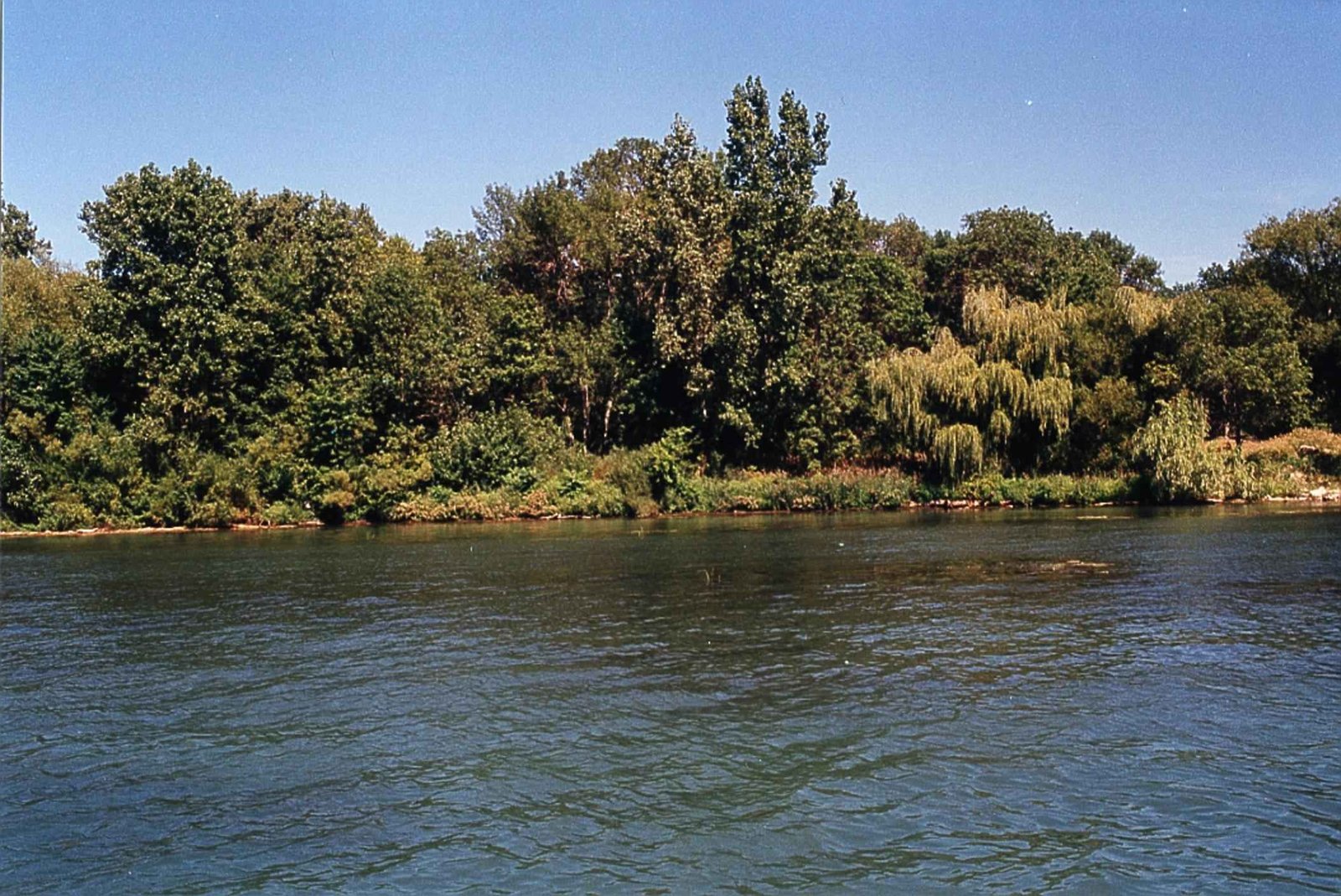
International law plays a crucial role in addressing disputes arising from shifting river boundaries. Treaties and agreements often include provisions for dealing with changes in river courses. The principle of “thalweg,” which dictates that the boundary follows the deepest part of the river channel, is commonly applied. However, this principle can be contentious, especially when the river shifts significantly. In such cases, countries may need to renegotiate treaties or seek arbitration from international bodies to resolve disputes amicably.
Environmental Impacts on River Dynamics
The environment has a significant influence on river dynamics. Climate change, for instance, can lead to more extreme weather patterns, affecting river flow and erosion rates. Human activities, such as dam construction and deforestation, also play a role in altering river courses. These changes can exacerbate the natural shifting of riverbeds, leading to more frequent and pronounced changes in boundaries. Understanding these environmental impacts is crucial for managing and mitigating potential conflicts.
Technological Advances in Monitoring River Changes
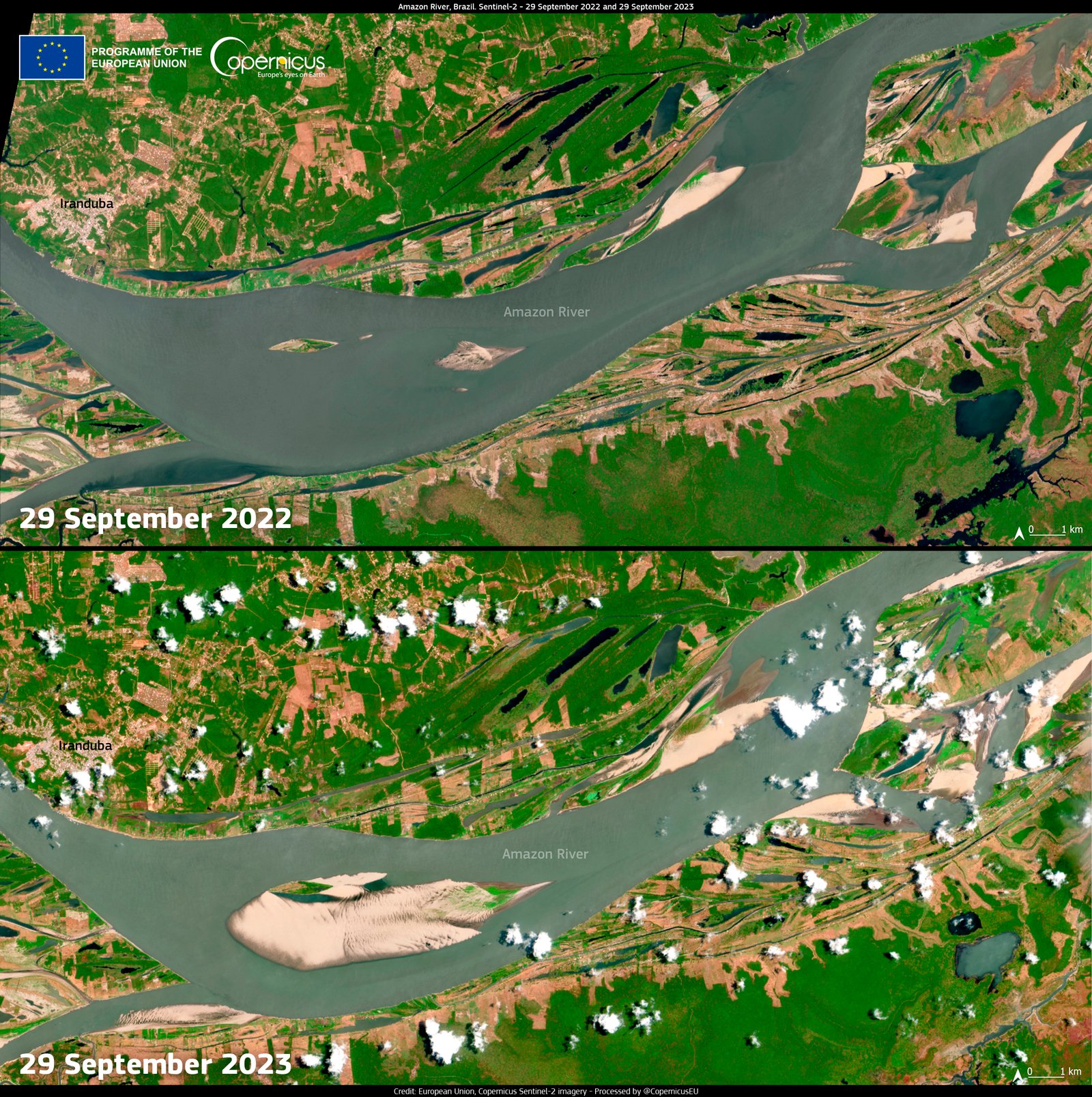
With advancements in technology, monitoring river changes has become more precise and efficient. Satellite imagery and geographic information systems (GIS) allow for real-time tracking of river dynamics. These technologies provide valuable data that can help predict future shifts and assist in planning and decision-making. By employing these tools, countries can better prepare for potential boundary changes and address disputes proactively, reducing tensions and fostering cooperation.
Human Intervention: A Double-Edged Sword
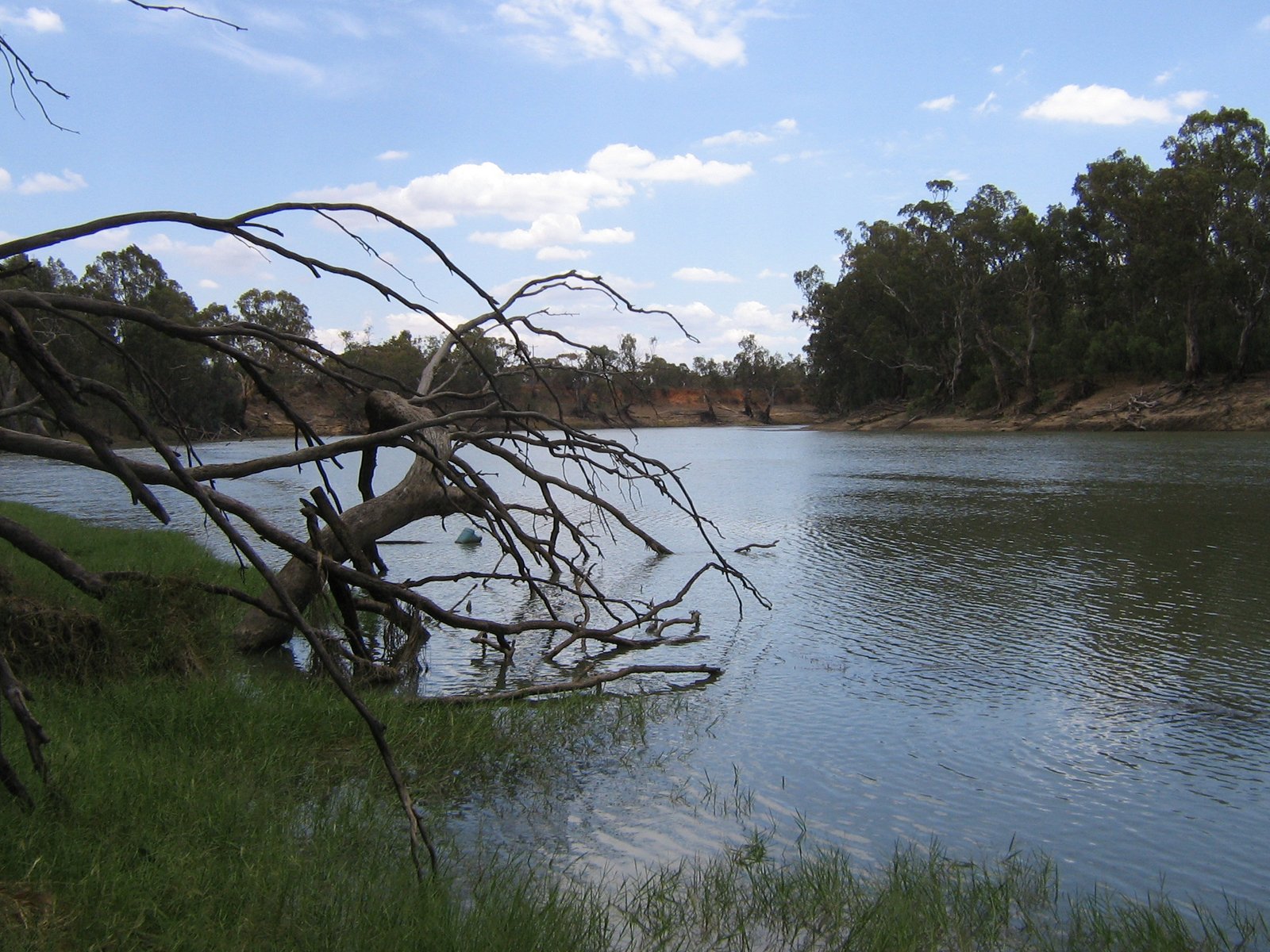
While human intervention can help manage river dynamics, it can also exacerbate problems. Building dams or altering river courses for irrigation can have unintended consequences, such as increased erosion or sediment build-up. These changes can further shift boundaries, complicating existing disputes. It is essential to strike a balance between utilizing rivers for human benefit and preserving their natural flow to prevent unintended territorial changes.
The Socioeconomic Implications of Shifting Borders
Shifting borders due to river changes can have significant socioeconomic implications. Communities living along these borders may face uncertainty regarding land ownership and national identity. Economic activities, such as agriculture and trade, can also be affected as access to resources and markets may change. These shifts can lead to tensions and conflicts, highlighting the need for effective management and cooperation between countries to ensure stability and prosperity.
Cooperation and Diplomacy: A Path Forward
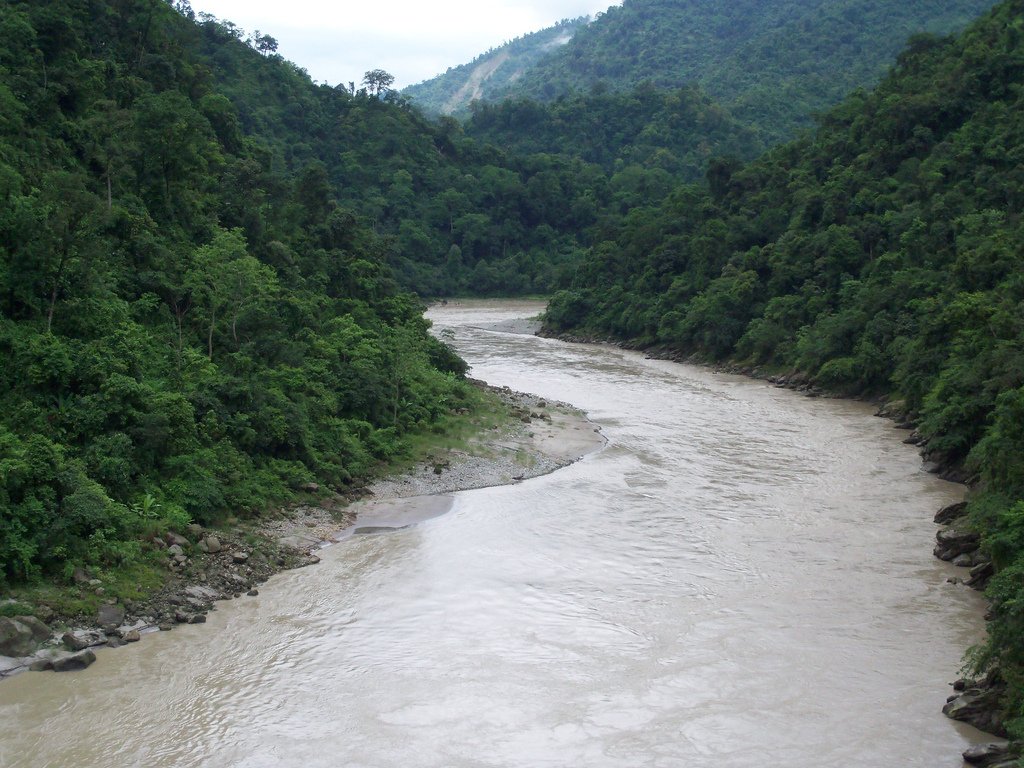
In the face of shifting river boundaries, cooperation and diplomacy are crucial. Countries sharing river borders must work together to address changes and manage disputes. This requires open communication, mutual respect, and a willingness to compromise. By fostering a spirit of collaboration, nations can turn potential conflicts into opportunities for strengthening ties and promoting regional stability. Joint initiatives, such as river basin management and conservation efforts, can serve as a foundation for building trust and cooperation.
The Future of River Boundaries
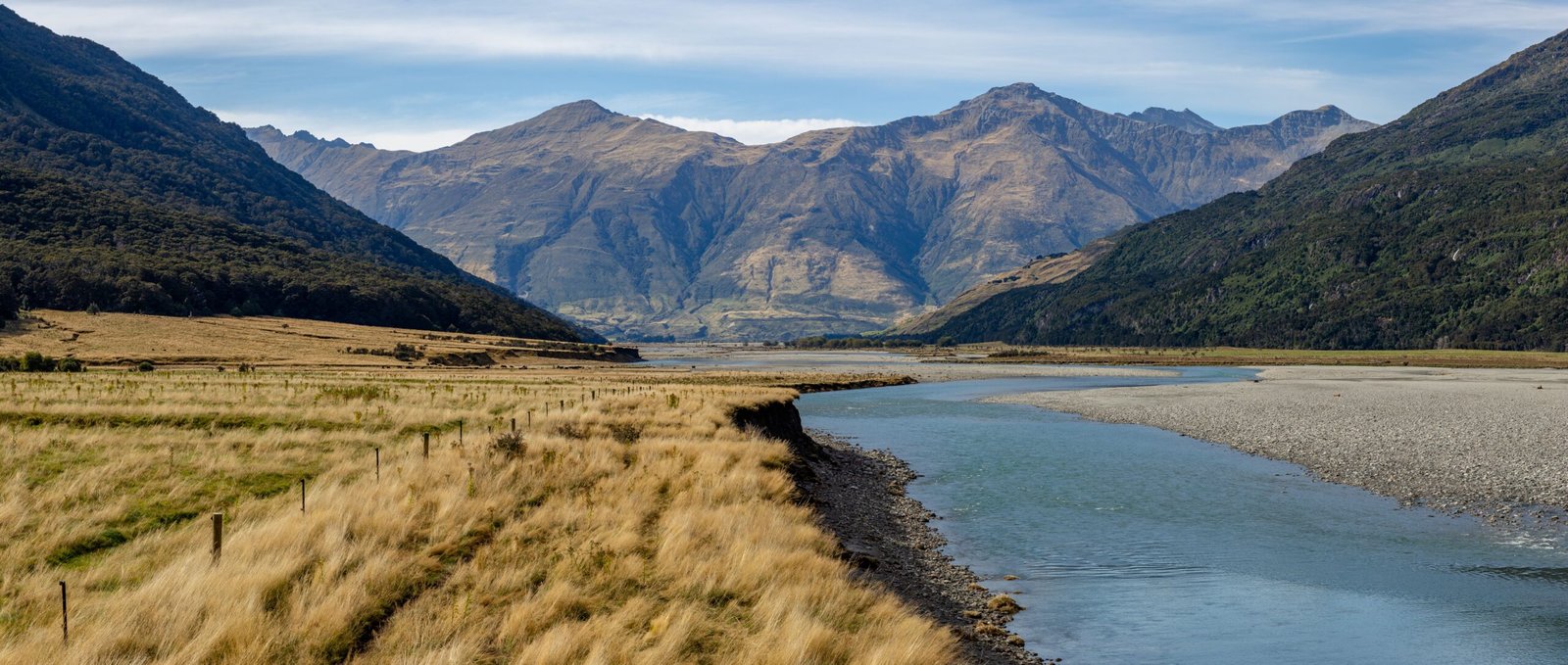
As climate change and human activities continue to influence river dynamics, the future of river boundaries remains uncertain. However, with the right approach, countries can adapt to these changes and manage their impacts effectively. By embracing technology, fostering cooperation, and prioritizing environmental conservation, nations can navigate the challenges posed by shifting riverbeds. The question remains: how will we, as a global community, rise to the challenge and ensure that our borders remain as fluid and dynamic as the rivers that define them?

